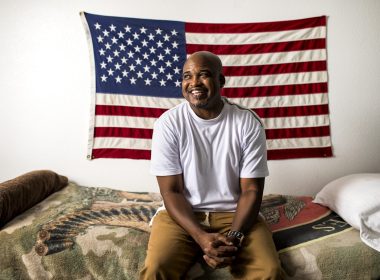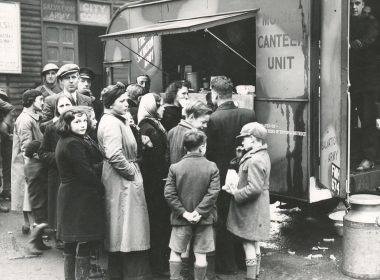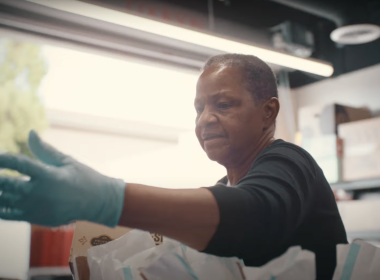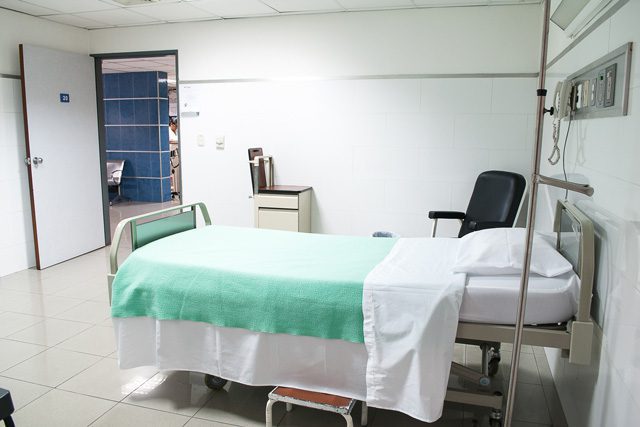The Salvation Army works with healthcare services to provide safety to discharged, homeless patients.
By Catilin Johnston –
It became an iconic image: people on gurneys being dumped on Skid Row because hospitals said they had nowhere else to take them.
While the practice dominated news headlines in the early 2000s, it represented a problem that reverberated beyond Los Angeles. And it’s one that hasn’t gone away, either. Known as “patient dumping,” hospitals in cities across the U.S. sometimes discharge homeless patients to shelters that are ill-equipped to meet their needs.
In Sacramento and other parts of the county, The Salvation Army partnered with healthcare services to provide safe, clean places for people who are homeless to recover after being discharged from local hospitals. Without such facilities, hospitals are often forced to keep patients in their beds for extended periods of time, simply because they have nowhere else to release them. And once they are finally discharged, often homeless men and women have no option except to return to the streets where they run the risk of returning to the hospital because of repetitive injuries.
“We used to call it walking the plank,” said Jonathan Porteus, CEO of WellSpace. “When they were discharged from the hospital, they were sent into the wild blue yonder. How do we connect the plank to something that’s safe and healthy?”
That’s where The Salvation Army comes in. The Center of Hope in Sacramento partnered with WellSpace Health to offer respite care as part of the Interim Care Program. Here, you’ll find 18 beds available to recently discharged people who have no home to return to. The well-equipped facility gives them a better chance to heal in a clean and stable environment.
“We identified that other regions were doing patient dumping and we thought, ‘how do we not do that here?” Porteus said. “Let’s give them a place for that hospital gurney to go…Now we have a process in place for a healthy transition versus someone just being dumped.”
Hospitals benefit, too, from having a safe place to send patients who are not in need of acute care, but need an environment where they can heal. And the community as a whole benefits from the program by having fewer homeless people on the street with medical problems.
Because of the community-wide benefit, WellSpace gets its funding from a variety of sources. The hospitals in the region all contribute and the county chips in, too, Porteus said.
Without facilities such as the Interim Care Program, hospitals often keep homeless patients much longer than the average patient—about 25 days longer, on average, Porteus said. While there is a large financial toll associated with that, it also weighs heavily on the patient.
“Frankly, when you’re not really sick and you’re just lying there because you’re trying to keep a wound clean…cabin fever sets in,” Porteus said. “Instead, let’s use those 25 days for total support and re-engagement. Feed them. Take them to health centers. Get them housing.”
The partnership between WellSpace and The Salvation Army has provided care to about 1,450 people since 2005, Porteus said. The length of a patient’s stay is determined on a case-by-case basis, but averages out to be about 25 days, Porteus said—the same number as seen in hospitals.
WellSpace provides the care and much-needed services, while The Salvation Army provides the space, laundry and food, said Captain Martin Ross, Divisional Secretary for Harvest Initiative and Sacramento Social Services.
“They handle all the intake and the discharges,” Ross said of WellSpace. “But the patients enjoy the nice customer service and food that The Salvation Army has to offer…Many of them [also] come over to the Sunday services we have in the shelter. That’s an encouragement for them in spirit.”
In addition to basic differences from a typical shelter, like providing hospital beds, WellSpace offers other key services, such as mental health counseling, addiction counseling, nurses who help patients with wound care, visiting doctors, and a network of providers.
Typical shelters require participants leave during the day, but The Salvation Army adjusted its policy for the Interim Care Program, so an individual with a wound or injury who shouldn’t leave has somewhere to stay.
WellSpace also works to find housing for people once their stay is up. If housing isn’t available, Porteus said many people will choose to stay at The Salvation Army side of the shelter, now that they’re already acclimated to the place.
While WellSpace has partnerships with other organizations, Porteus said it goes beyond a vendor relationship with The Salvation Army. Though WellSpace is a secular organization, he said the shared values and mission are apparent.
Ross echoed those thoughts, saying it’s a partnership that works well conceptually and allows each partner to focus on what they do well.
“These are our partners in serving the less fortunate, and we have the same mission in many ways,” Porteus said. “We have a sort of kinship in this partnership with these really deeply-connected, similar-minded folks.”











